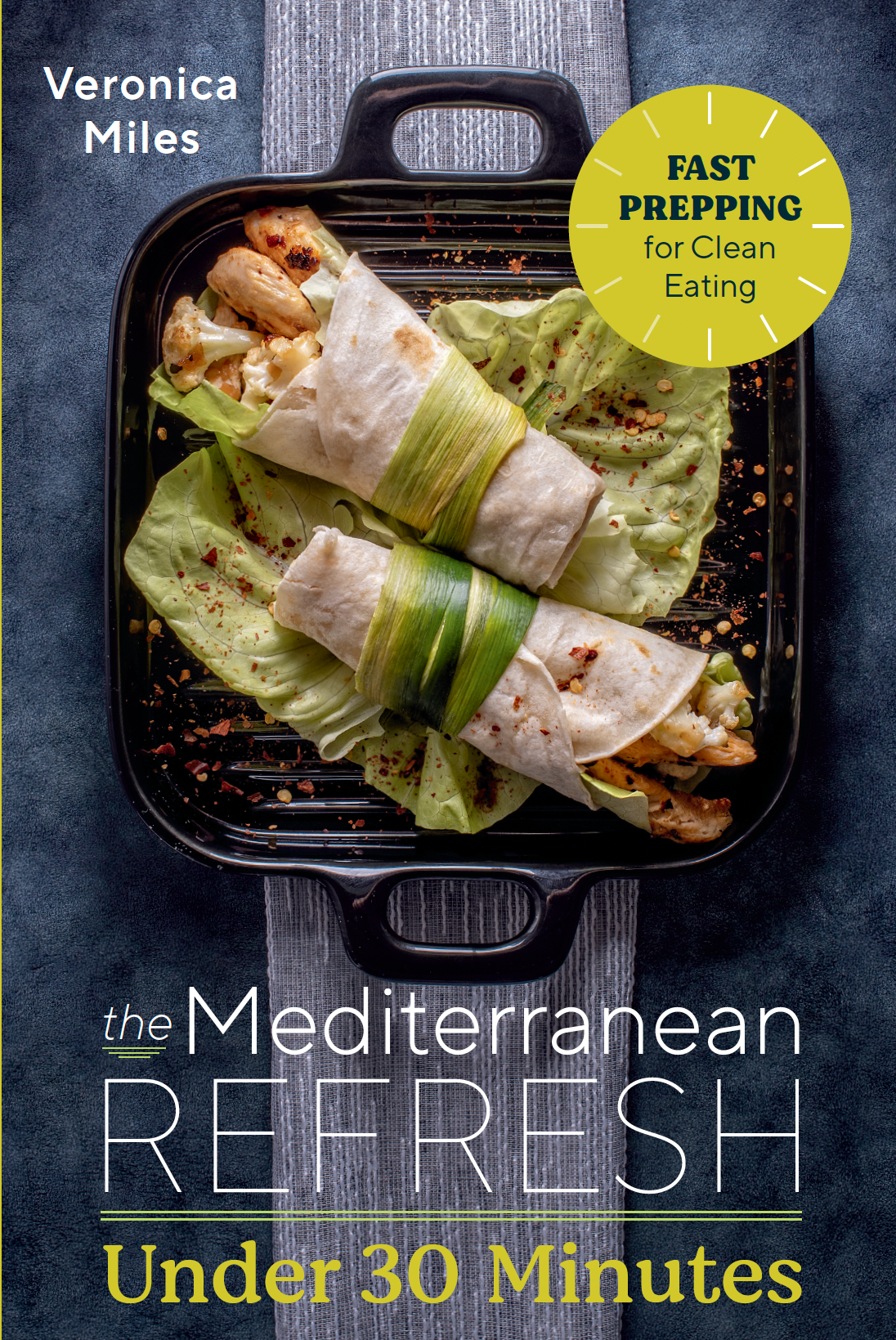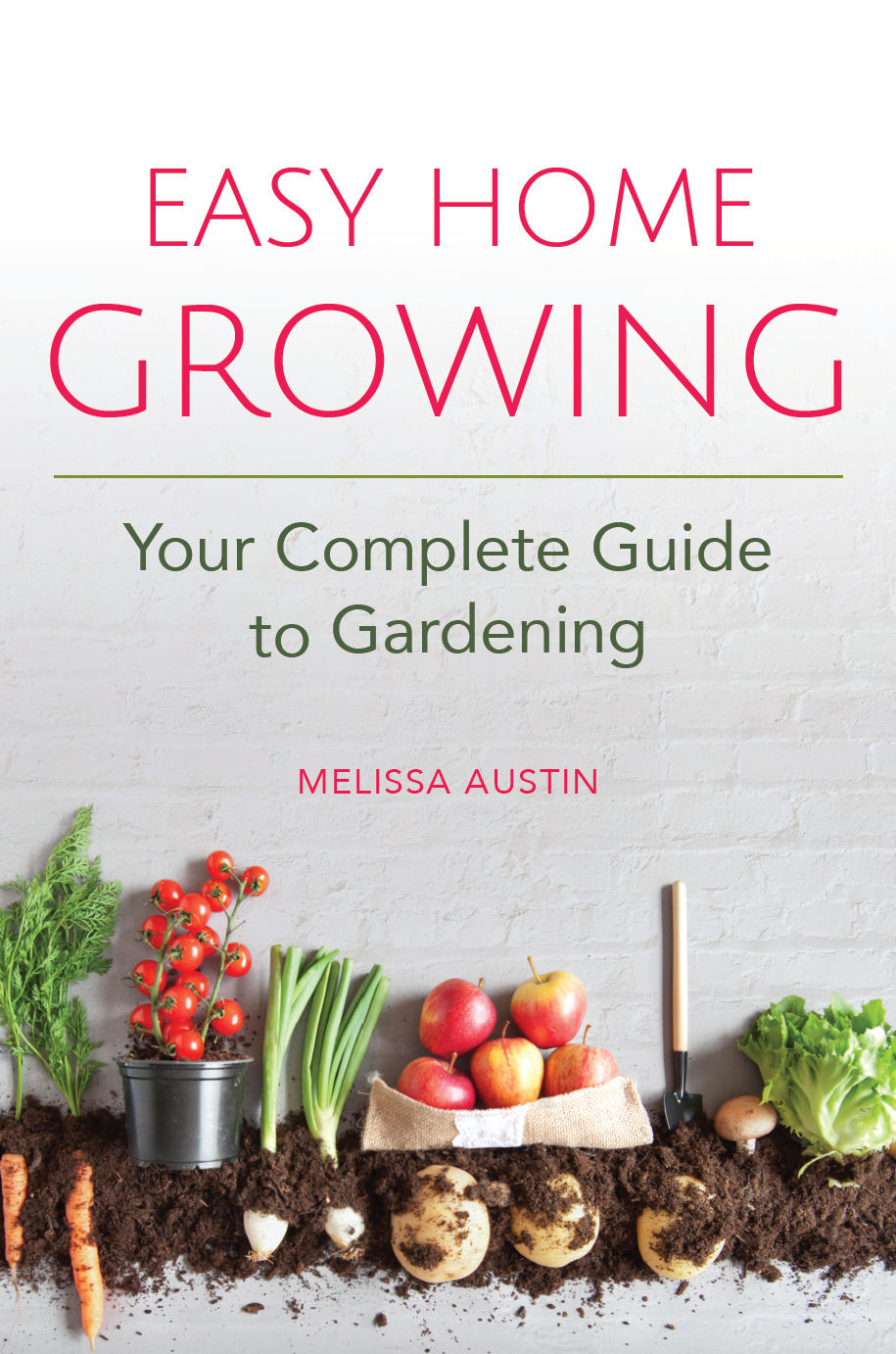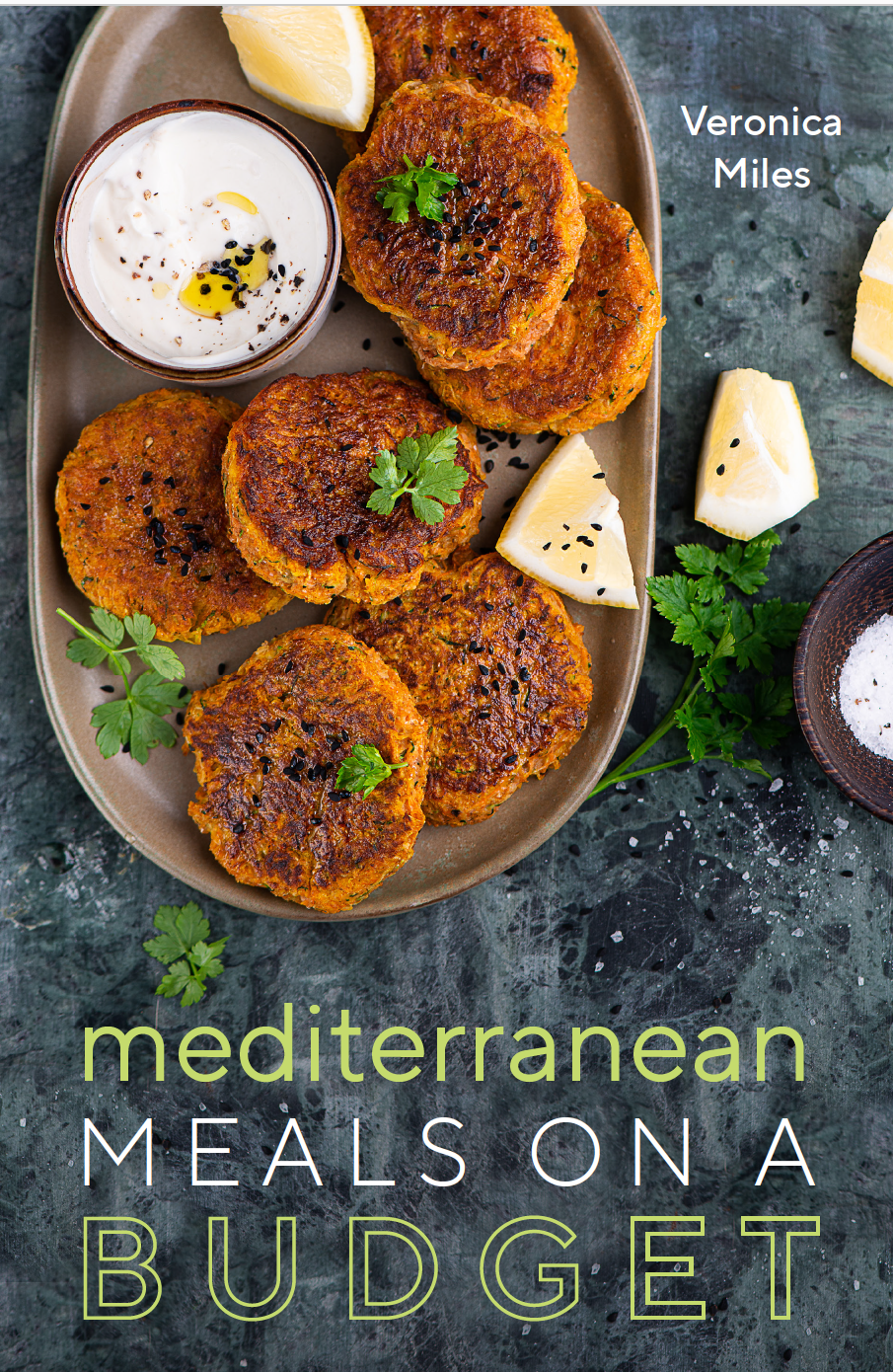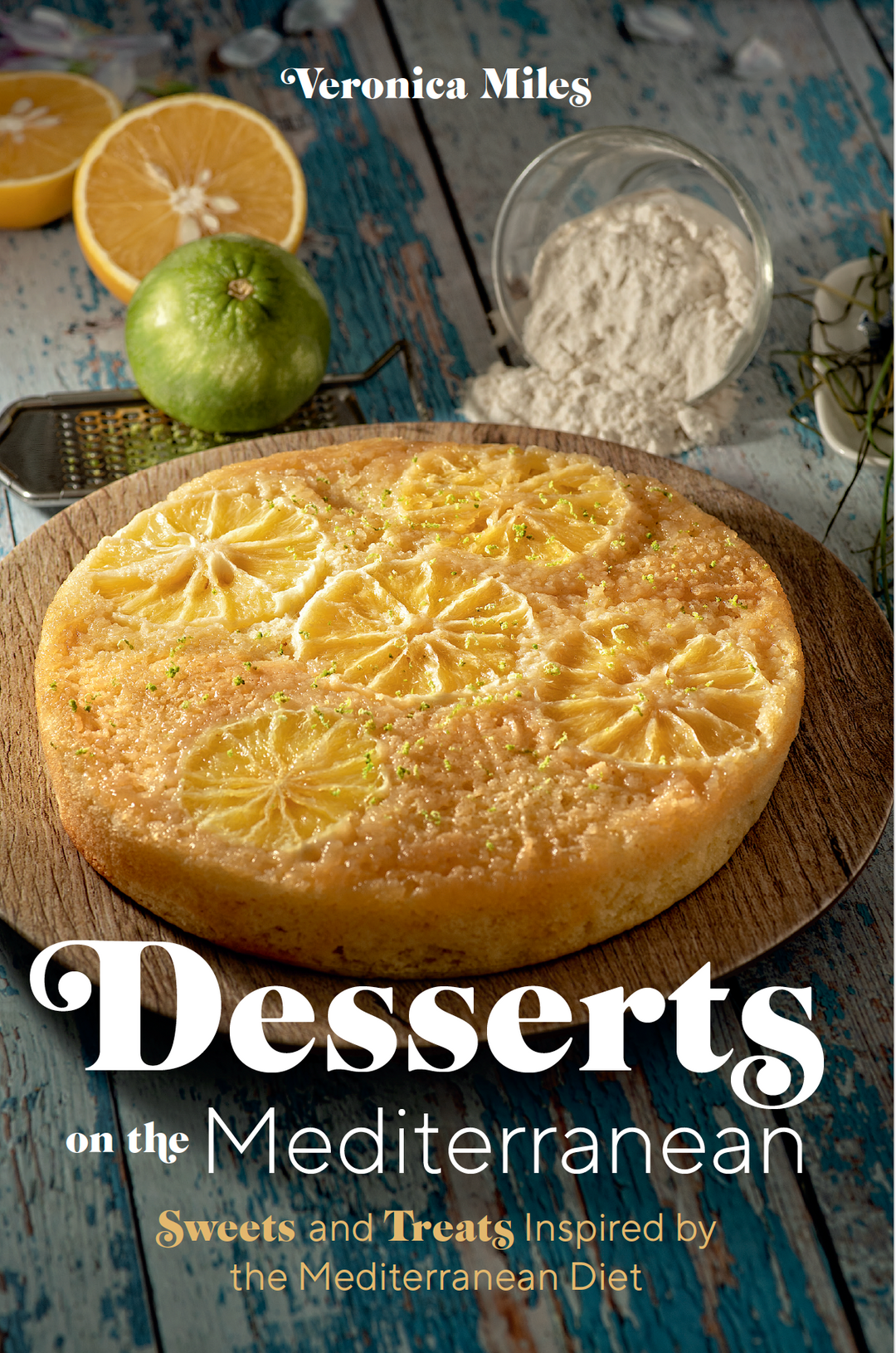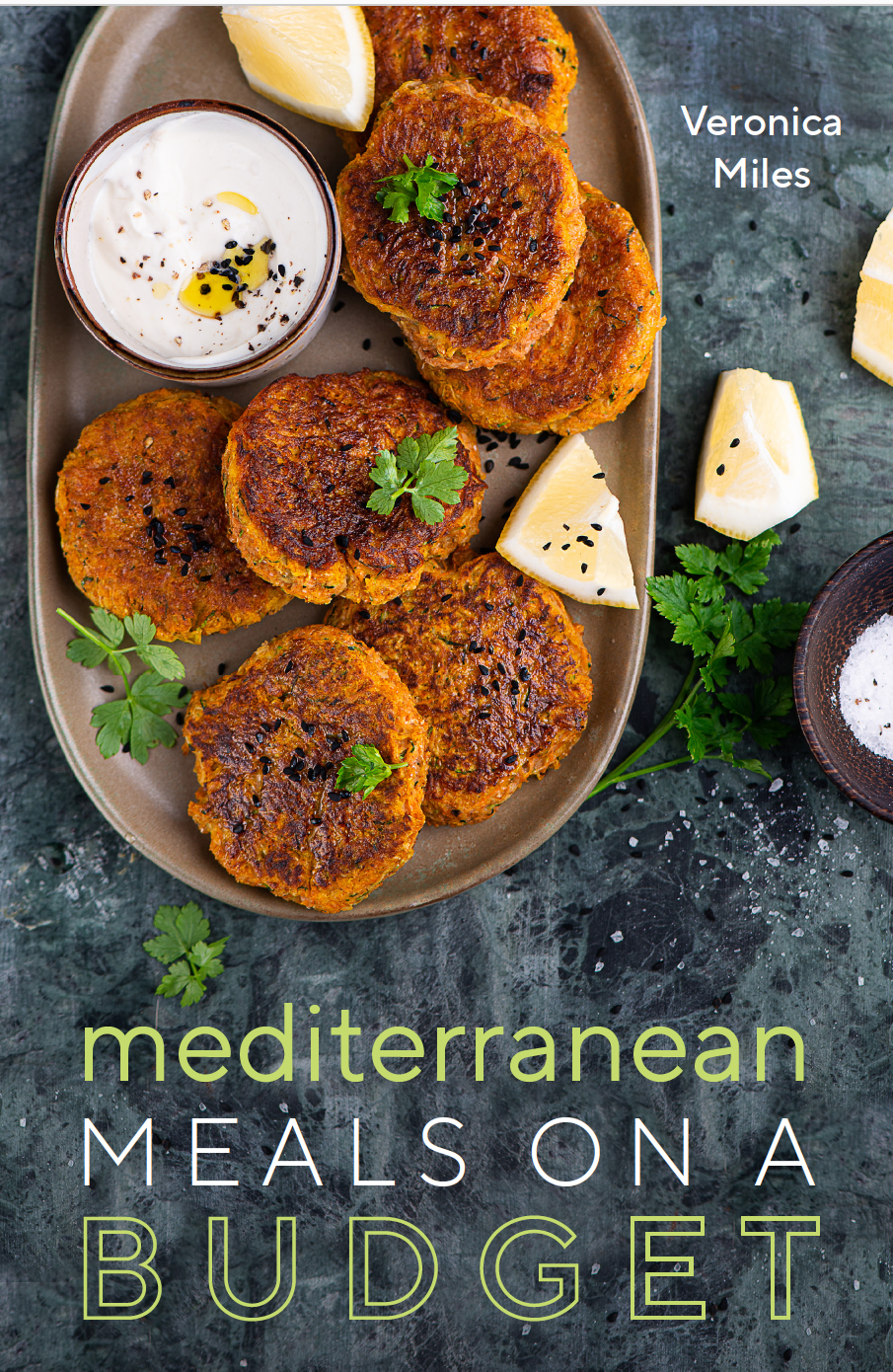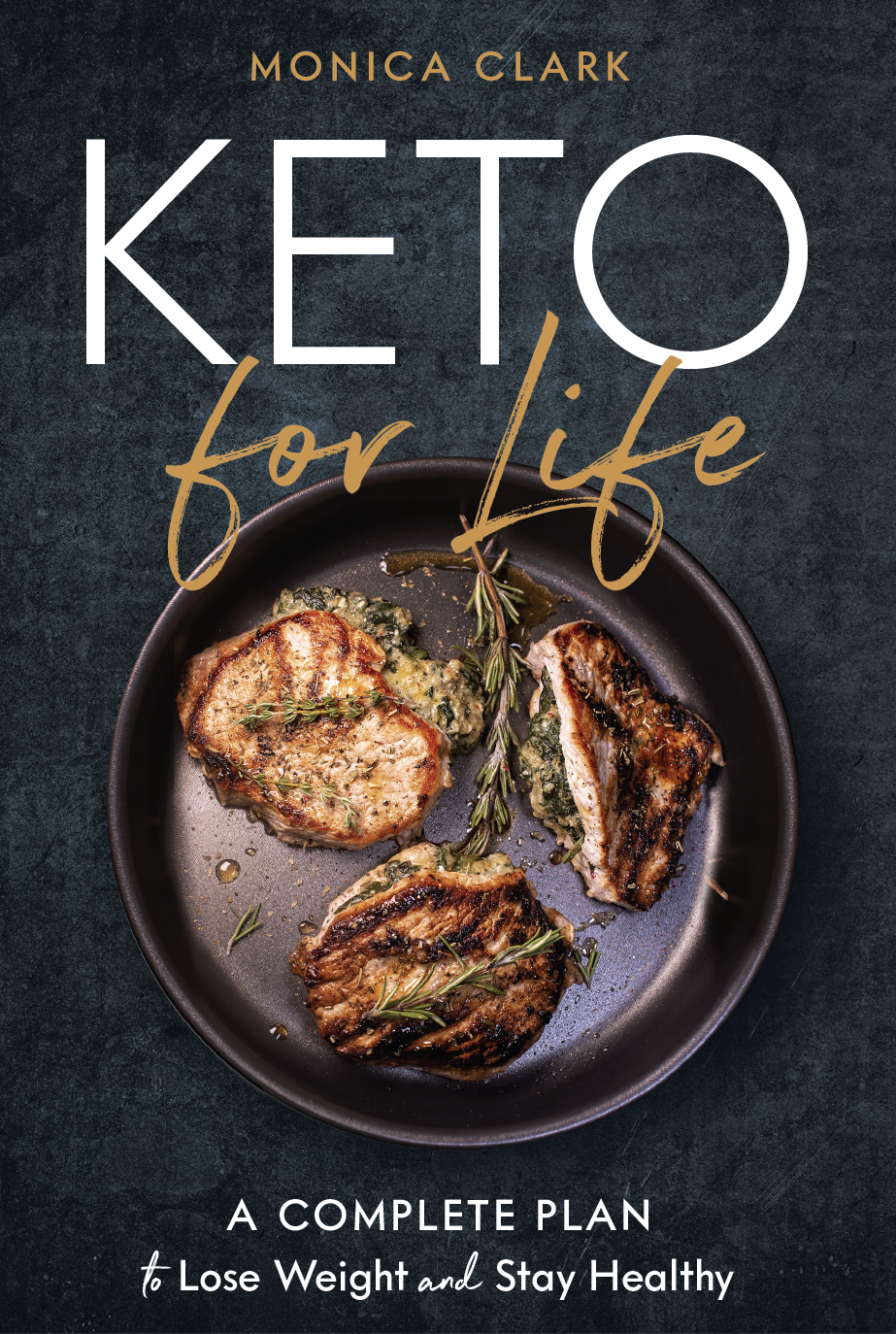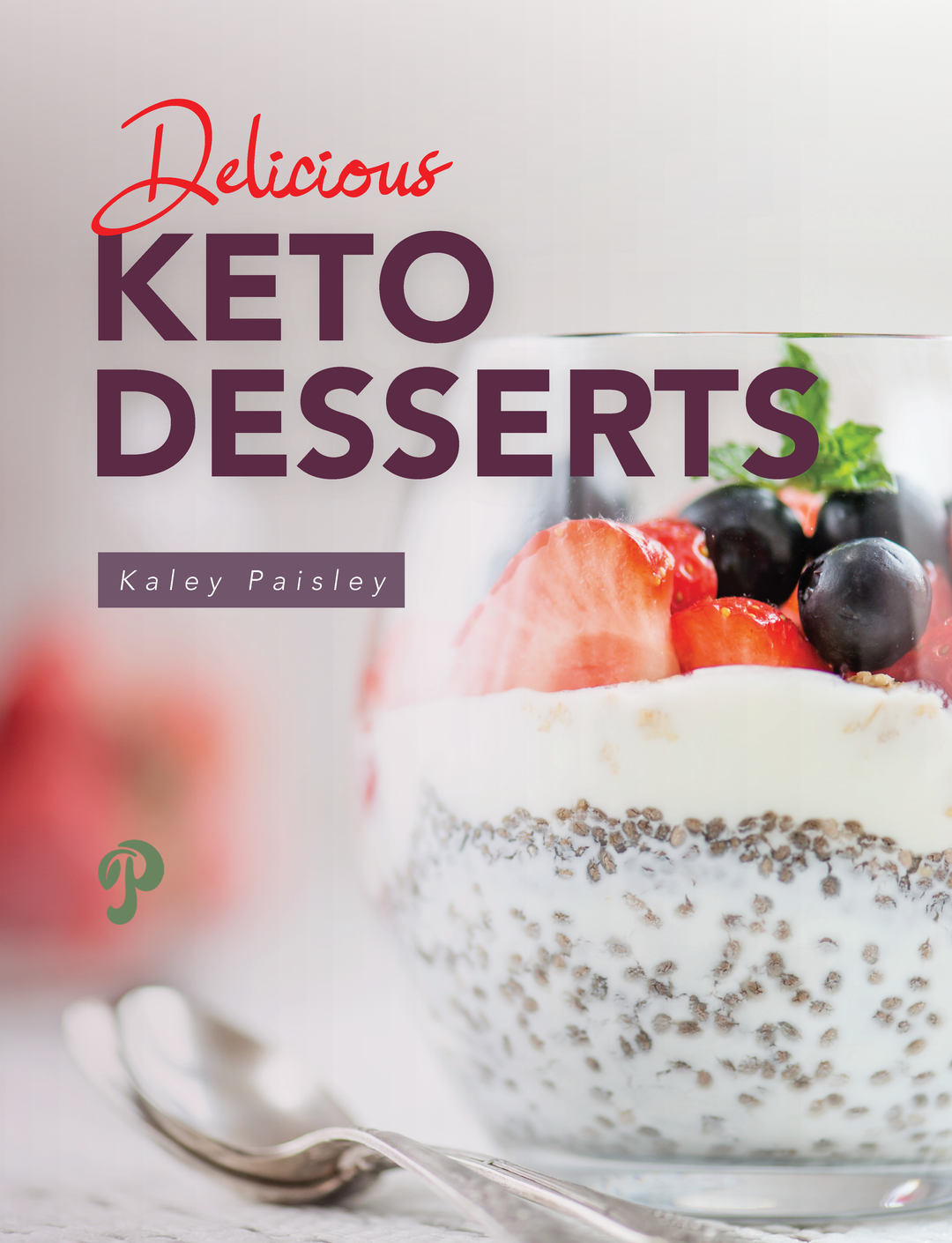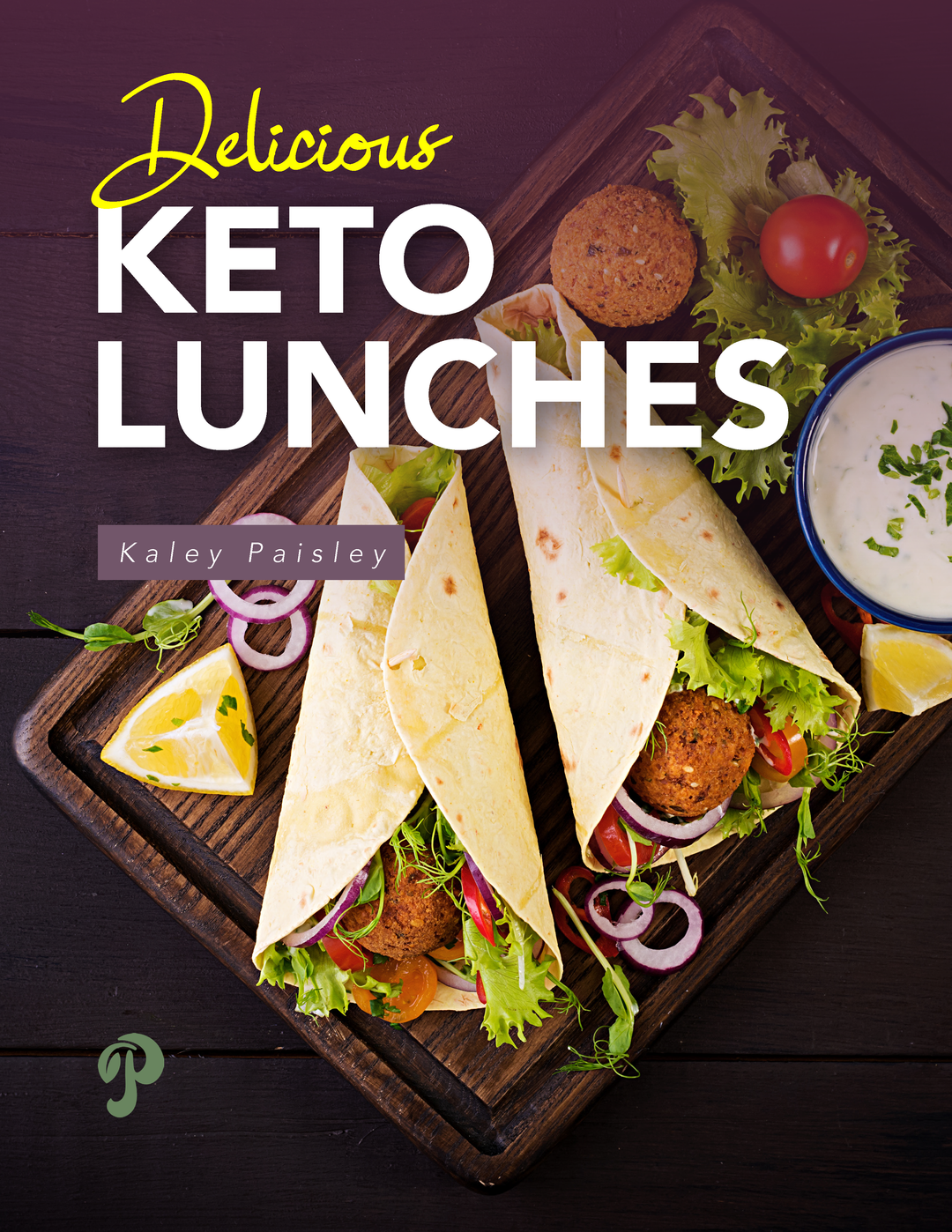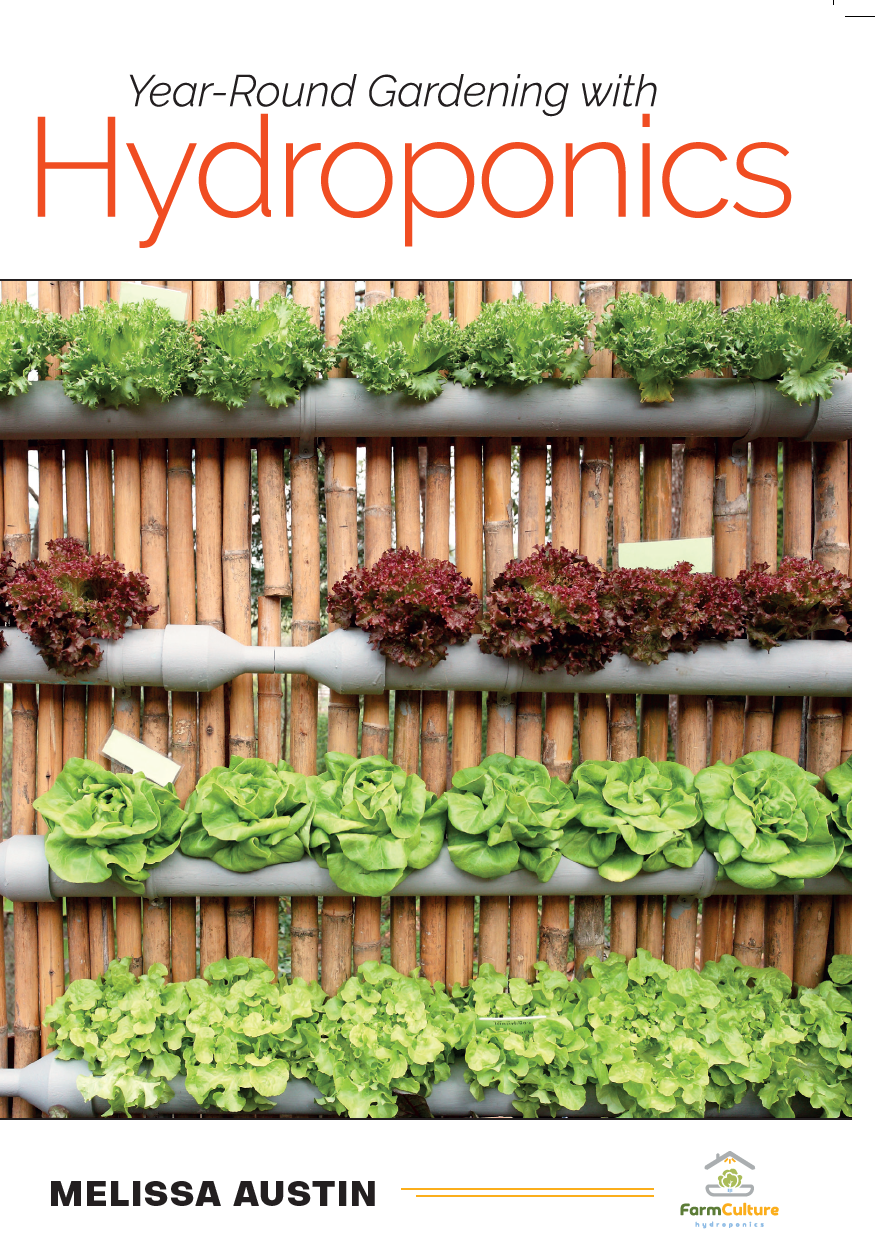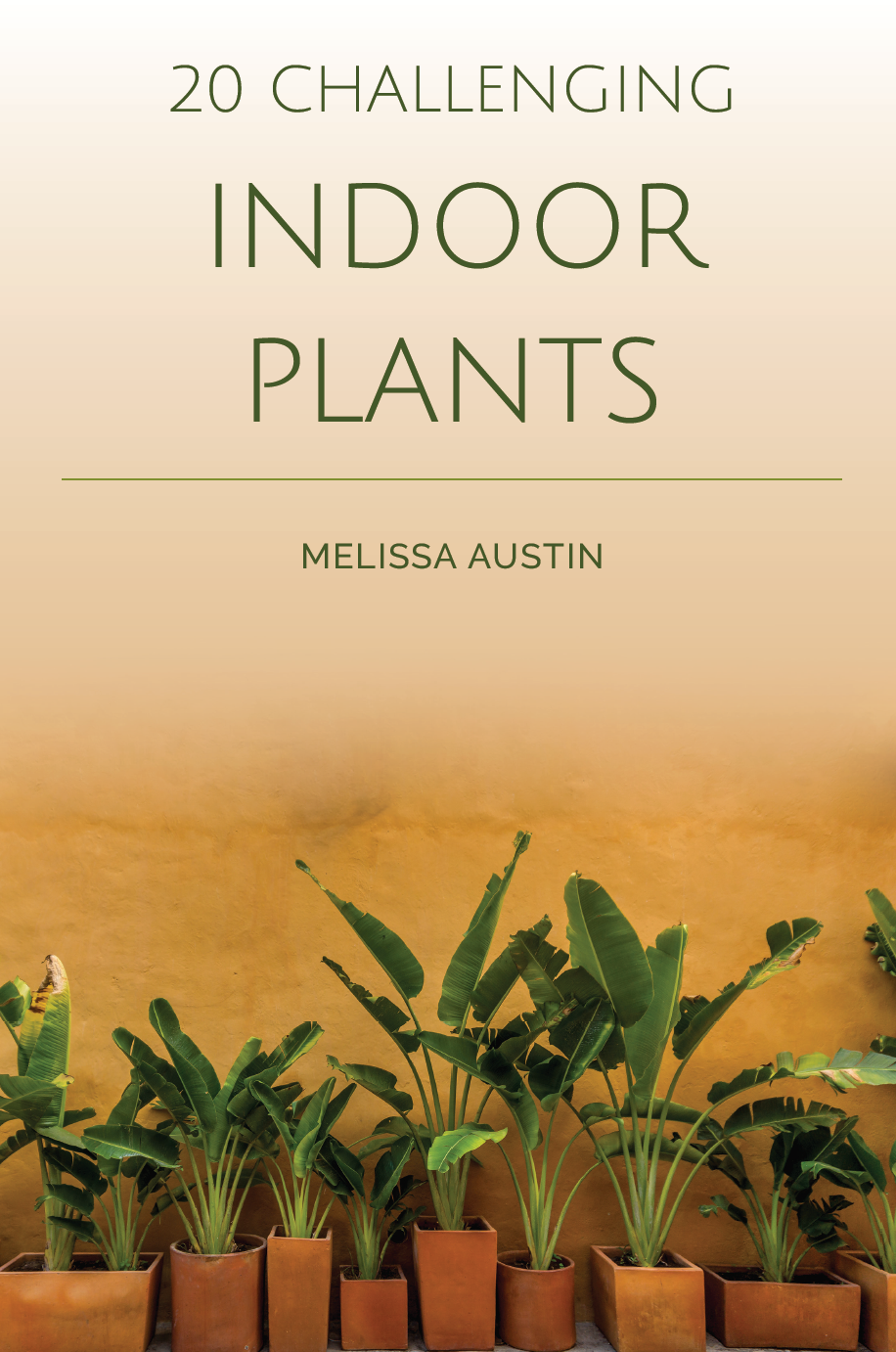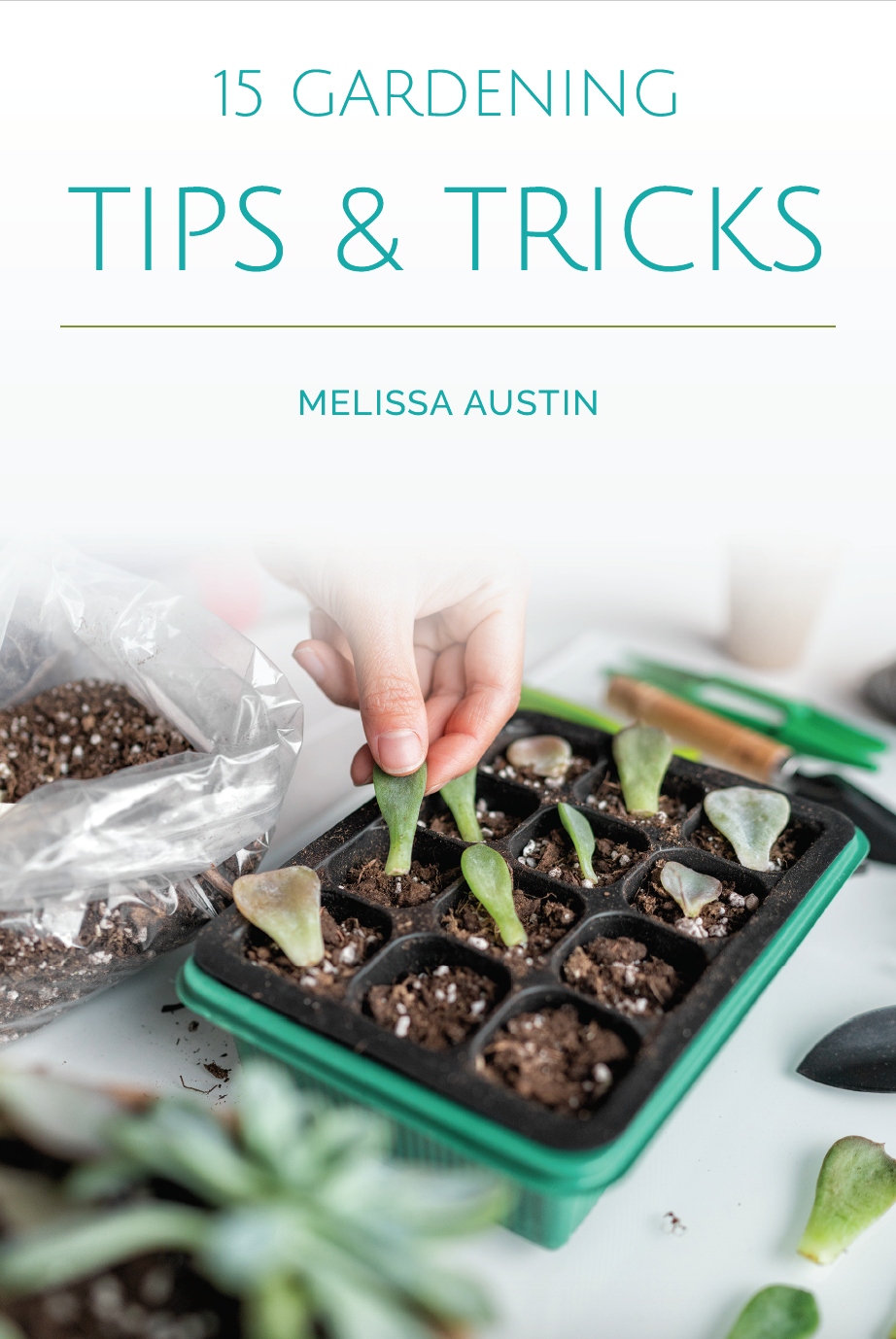What Makes a Good Diabetic Cookbook?
Choosing the right diabetic cookbook can be a game changer in managing diabetes. But what exactly should you look for? In this guide, we’ll break down the essential elements that contribute to a great diabetic cookbook, helping you make an informed choice.
1. Comprehensive Nutritional Information
A good diabetic cookbook should provide clear nutritional breakdowns for each recipe, including carbohydrates, sugars, and fiber content.
This information is crucial for managing diabetes effectively, allowing you to track your intake of essential nutrients while enjoying a variety of flavors.
In addition to basic nutritional facts, look for books that highlight glycemic index values. This helps you understand how different foods affect blood sugar levels.
Having accessible nutritional details empowers you to make informed choices, ensuring that what you prepare not only tastes good but also aligns with your dietary goals.
2. Variety of Recipes
It’s important to have a diverse range of recipes that cater to different tastes and occasions, ensuring you won’t get bored with your meals.
A well-rounded diabetic cookbook will include options for breakfast, lunch, dinner, snacks, and even desserts. This diversity can enhance meal planning and lead to healthier eating habits.
For instance, incorporating flavors from different cuisines can keep your meals exciting. Think Mediterranean salads, spicy Indian curries, or comforting American classics—all with a healthy twist!
In addition to variety, consider cookbooks that offer seasonal recipes. Using fresh, in-season ingredients enhances flavor and nutritional value.
3. User-Friendly Format
Look for cookbooks with an easy-to-follow layout, including step-by-step instructions and helpful cooking tips.
An organized format with clear headings, bullet points for ingredients, and numbered cooking steps can save you time and prevent frustration in the kitchen.
Some cookbooks also include helpful icons to indicate recipes suitable for meal prep or those that can be made in under 30 minutes, which can be a lifesaver on busy days.
Additionally, consider print quality. High-resolution images can inspire you and give you an idea of what to expect from your culinary creations.
4. Community Feedback and Reviews
Cookbooks that feature reviews and feedback from the diabetic community can offer valuable insights into the recipe’s practicality and taste.
Look for cookbooks that highlight user experiences, making it easier to choose recipes that others have tested and enjoyed. This can save you from potentially disappointing dishes.
Online ratings and comments can provide additional context—sometimes, a recipe may take a little extra time or a particular skill level, which might not be clear in the cookbook.
Connecting with a community of readers can also foster a sense of belonging, making your cooking journey feel more interactive and enjoyable.
5. Healthy Ingredient Substitutions
A great diabetic cookbook should suggest healthy alternatives for common ingredients, making it easier to create balanced meals.
For instance, some recipes may propose using whole grains instead of refined products, or Greek yogurt in place of sour cream. These substitutions not only improve nutrition but often add flavor as well.
Moreover, knowing how to swap ingredients can enhance your cooking skills over time. It builds confidence in the kitchen and encourages experimentation with different flavors.
Ultimately, a focus on healthy substitutions allows you to indulge in your favorite dishes without compromising your health. It’s about balance, and that’s the art of cooking well for diabetes.
Final Thoughts
Finding a good diabetic cookbook involves looking for balanced recipes, nutritional information, and diabetic-friendly ingredients. By considering these factors, you can enjoy delicious meals that support your health.




